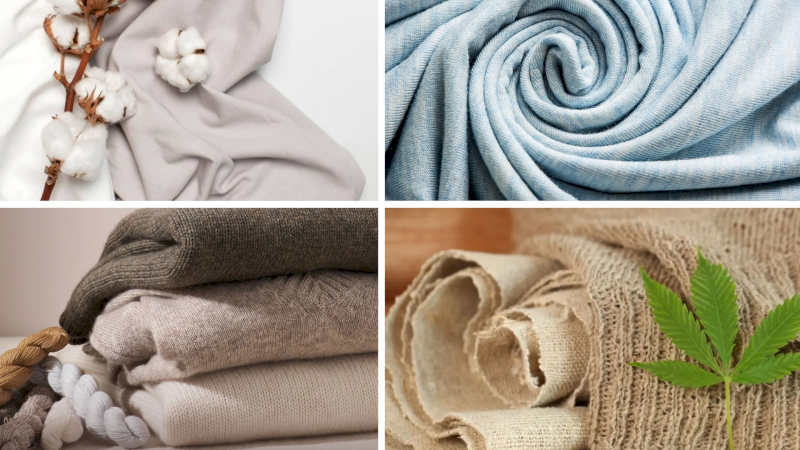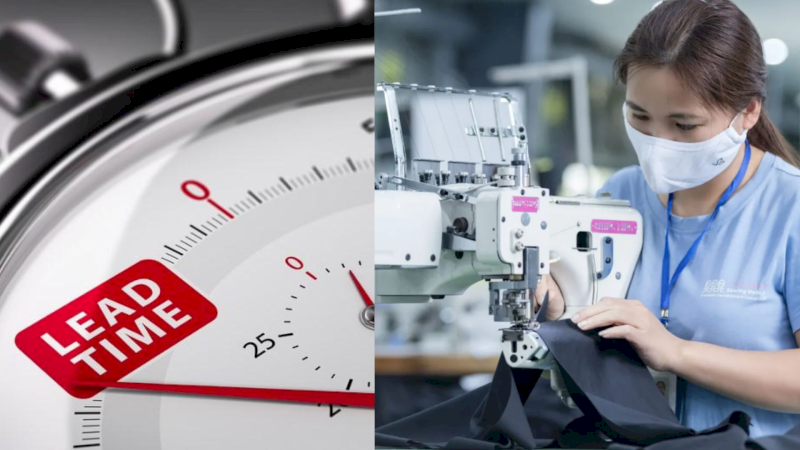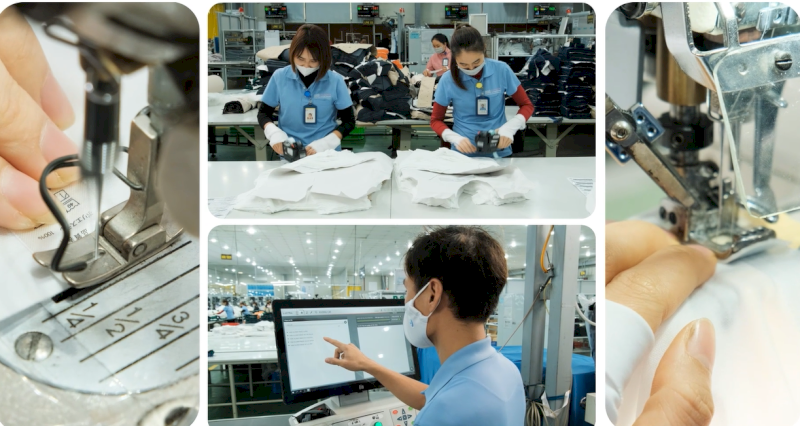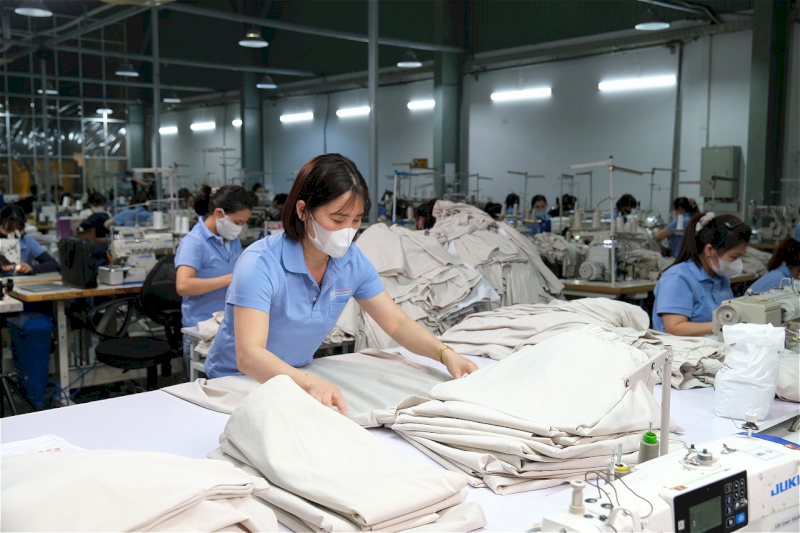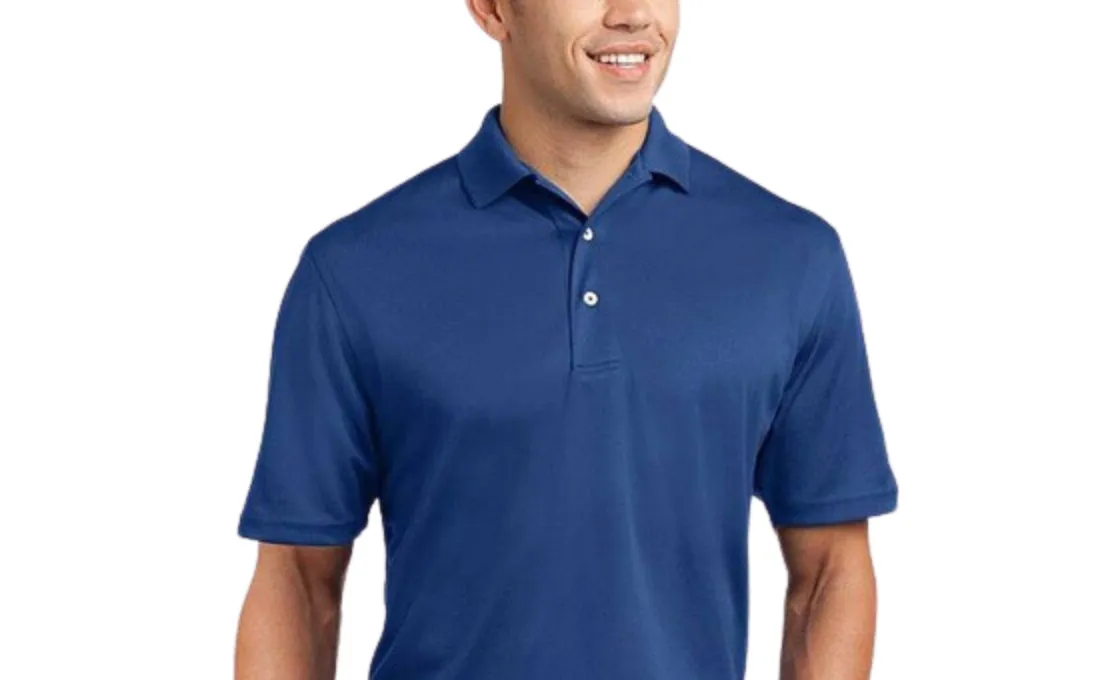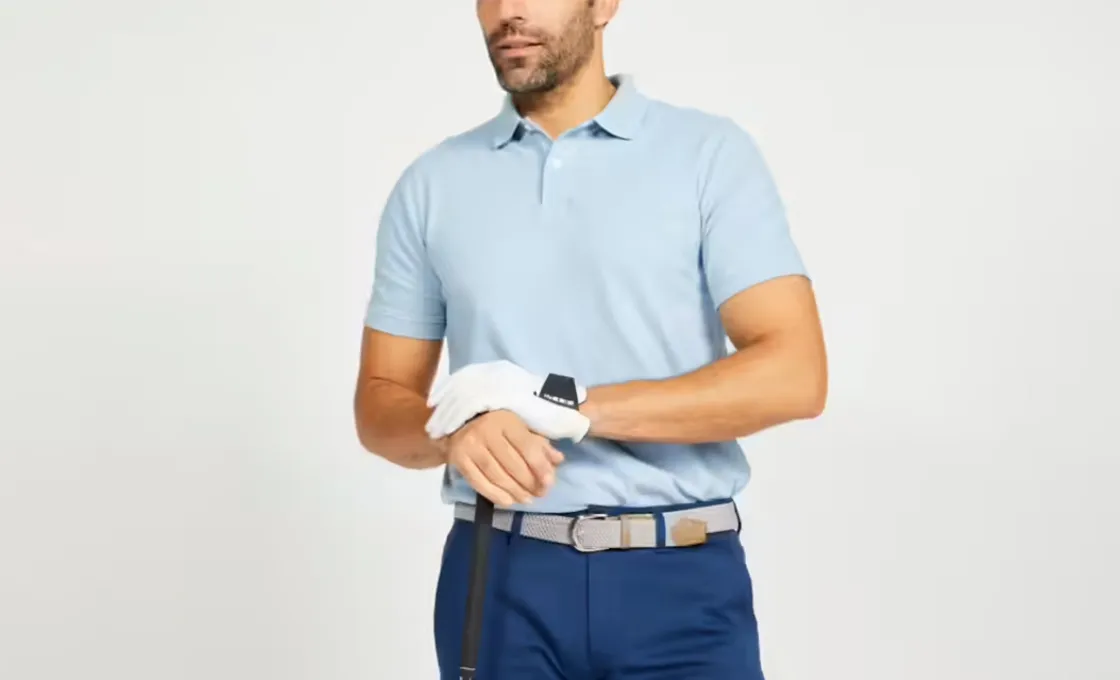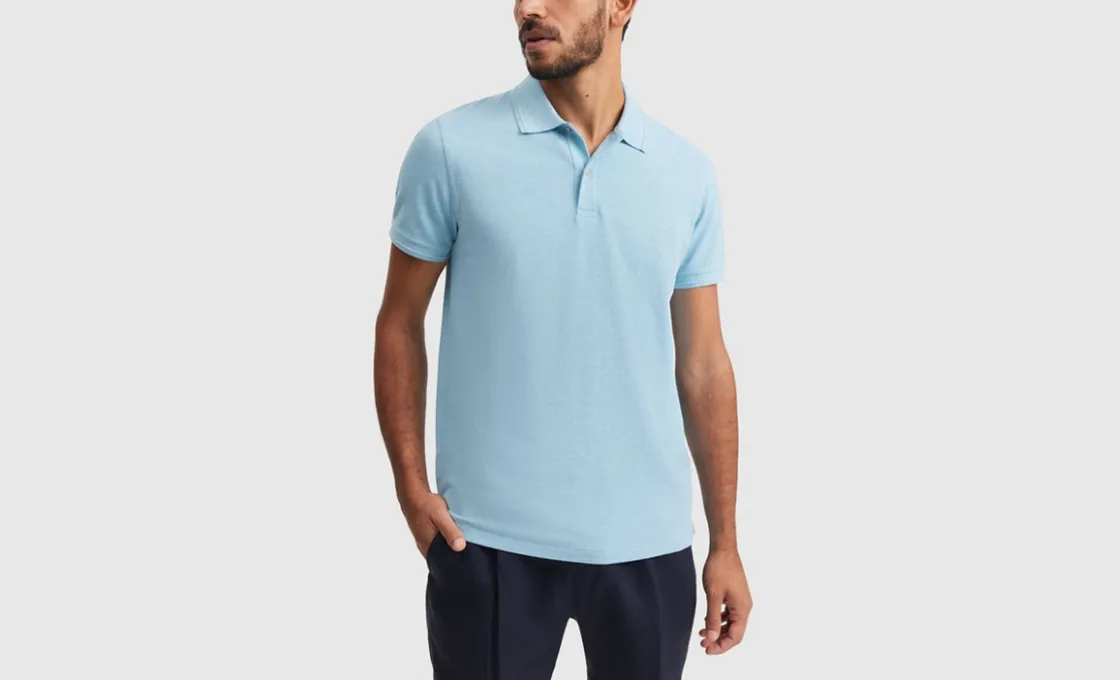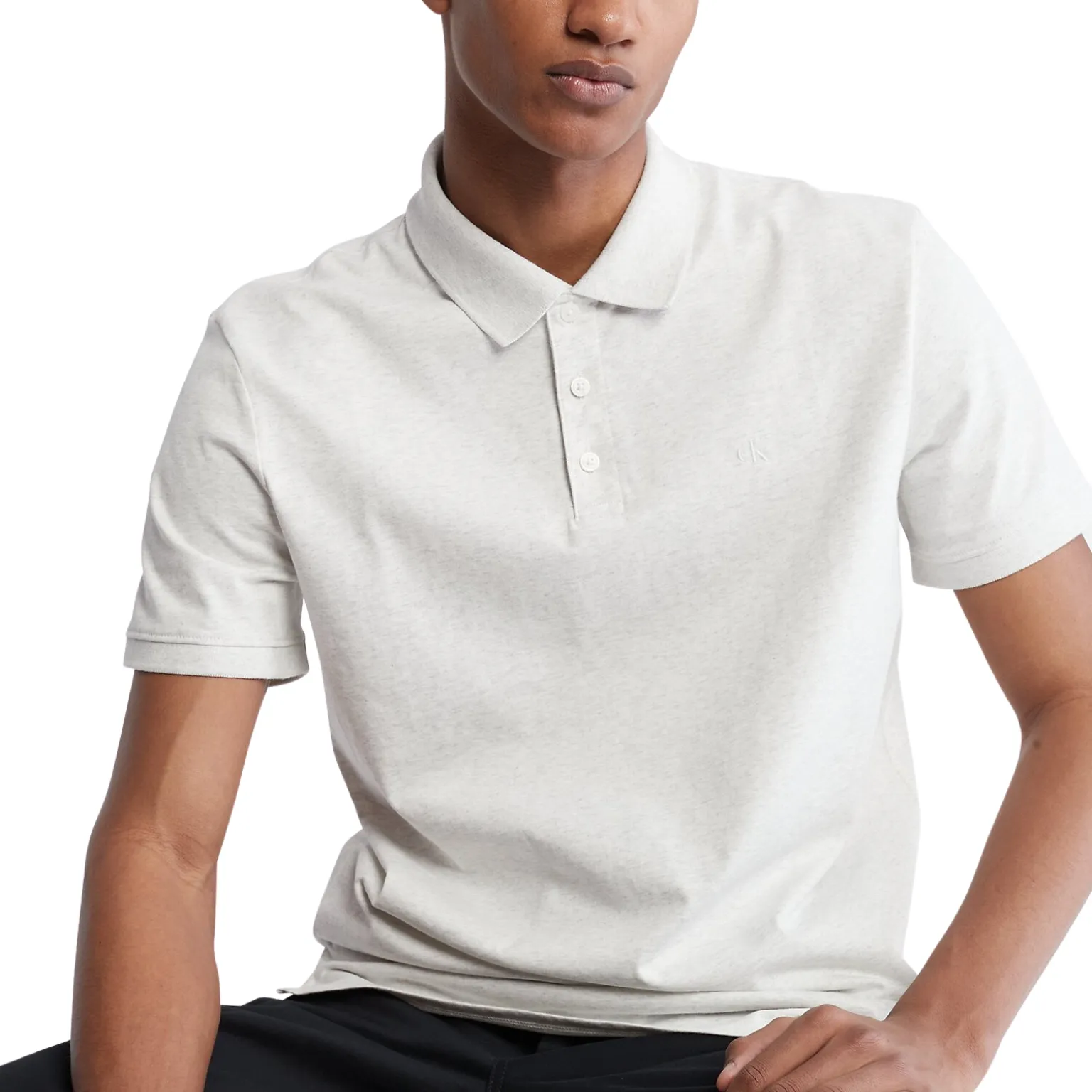Choosing the right clothing manufacturing equipment is crucial for factories aiming to produce quality garments. Trusted apparel manufacturers rely on advanced machines like sewing machines, cutting equipment, and fabric inspection systems to deliver superior apparel for fashion brands.
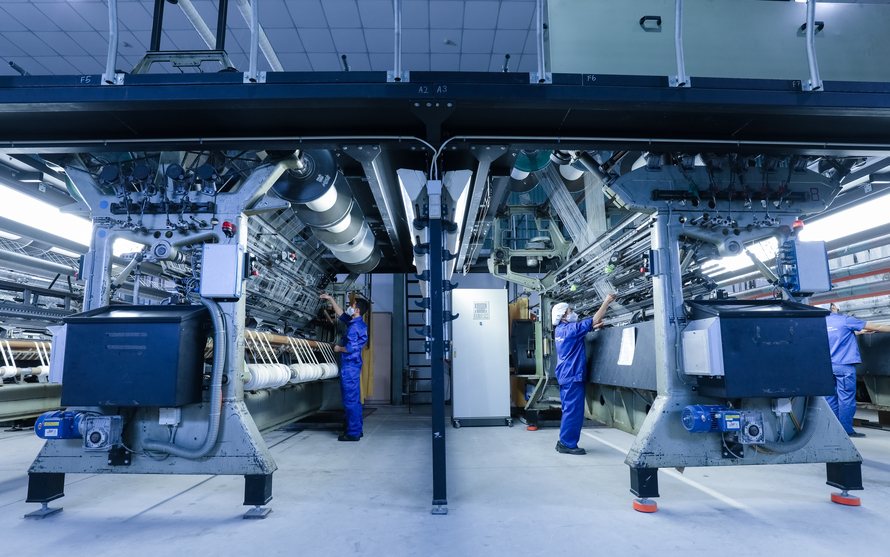
1. Overview of Clothing Manufacturing Process
The clothing manufacturing process is a comprehensive journey involving multiple stages, from initial design to the finished product. It typically begins with product conceptualization and design, which includes creating design sketches, developing tech packs, and crafting patterns. This is followed by fabric sourcing and preparation. Subsequent stages include fabric cutting, sewing, assembling, and finally, quality inspection before packaging and distribution.
Using the right high-tech machinery at every stage is crucial for maintaining efficiency, accuracy, and quality. For instance, advanced cutting machines ensure precise fabric pieces, automated sewing equipment enhances consistency, and quality inspection systems detect and address flaws before production progresses. These technologies not only boost productivity but also enable manufacturers to meet the increasing demand for premium apparel.
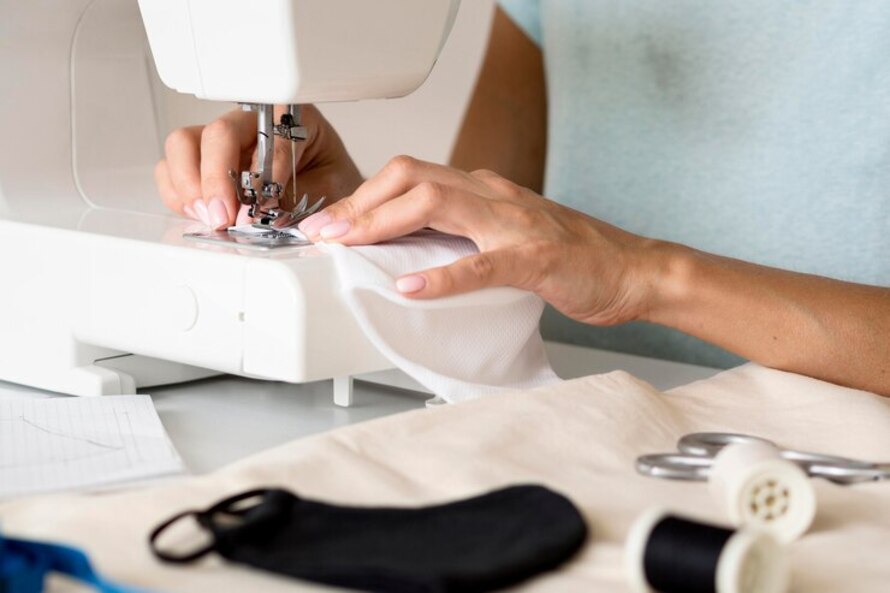
2. Categories of Clothing Manufacturing Equipment
In the apparel manufacturing process, essential equipment such as cutting machines, sewing machines, pressing machines, and quality inspection systems play key roles in each stage.
Pattern Making Equipment
Pattern making equipment is essential for creating the templates used to cut fabric pieces for garment production. These machines facilitate the creation of accurate and consistent patterns tailored to each size group.
Types of pattern making equipment include digital pattern makers, automatic pattern graders, and marker making software like Lectra Pattern, which is currently used at Thygesen for optimal pattern design.
Pattern making equipment plays a crucial role in reducing fabric wastage and ensuring the efficient use of materials. When using these machines, it’s important to ensure precise input data to avoid pattern errors.
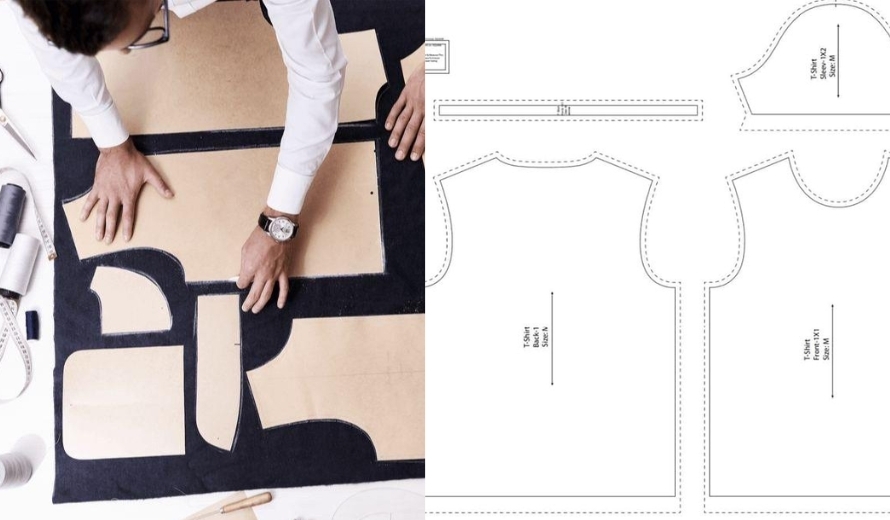
Cutting Equipment
Cutting equipment is vital for fabric preparation, ensuring pieces are cut to the exact size and shape based on the patterns. These machines are typically automatic, allowing high-speed cutting with precision and minimal fabric waste.
At Thygesen, the Lectra automatic cutting machine provides high efficiency and accuracy in cutting multiple layers of fabric. Cutting equipment helps factories manage large-scale orders efficiently while reducing fabric wastage and maximizing material usage. It is essential to regularly calibrate these machines to maintain cutting accuracy and efficiency.
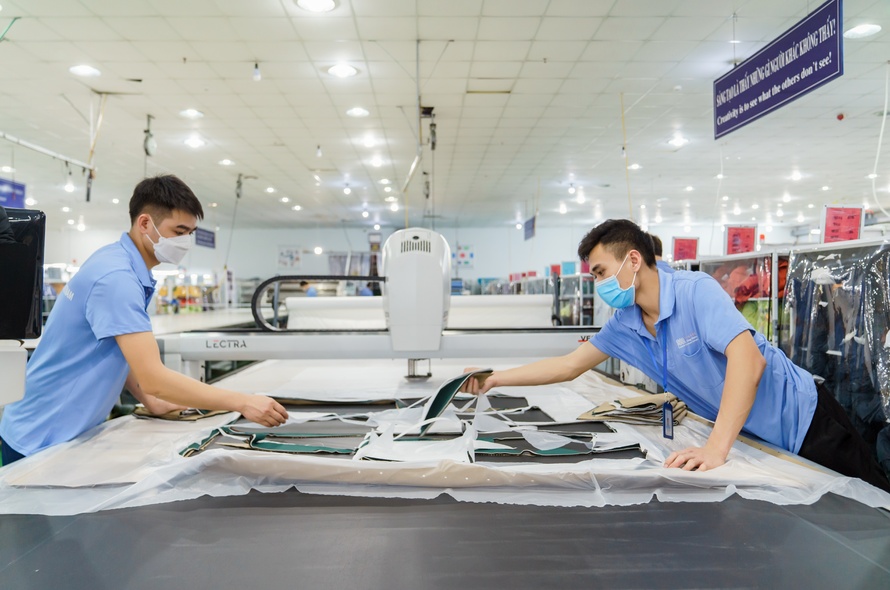
Sewing Machines
Sewing machines are used to join fabric pieces together, creating the structure of the garment. Types of sewing machines include overlock stitch machines, flatlock sewing machines, single-needle machines, and multi-needle machines. Currently, most clothing manufacturers in Vietnam including Thygesen use Juki sewing machines from Japan, which are known for their durability and precision in garment production.
Operators must ensure proper machine maintenance to prevent thread breakage and achieve smooth, high-quality stitching.
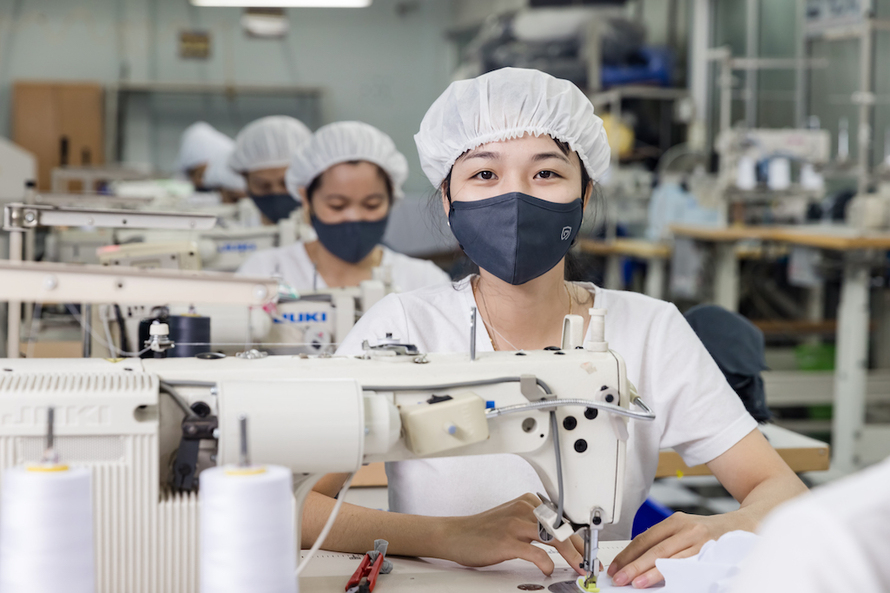
Fusing and Pressing Equipment
Fusing and pressing equipment are used to bond fabric layers together and to smooth out wrinkles, providing a polished finish to garment.
Fusing machines, such as the Hasima fusing machine at Thygesen, are used to fuse interfacing materials to fabric for added strength and structure.
Pressing machines, including steam irons and pneumatic presses, help set the shape and finish of garments. These machines play a key role in enhancing the garment’s appearance and durability.

Finishing Equipment
Finishing equipment is used to add the final touches to garments, including treatments like dyeing, washing, and adding special effects. These machines are typically automatic and are designed to handle large batches of garments.
Types of finishing equipment include washing machines, dryers, and steamers. The use of advanced finishing machines helps manufacturers achieve a uniform look and feel across large volumes of garments.
3. Advanced Machinery in Apparel Production
In addition to basic machines, advanced equipment is used to enhance efficiency, precision, and overall garment quality.
AI Driven Quality Control System
AI-driven quality control systems are designed to automatically detect defects and inconsistencies in garments, ensuring high precision in quality assurance. These systems are fully automated, requiring minimal manual intervention. They use advanced algorithms to identify fabric flaws, stitching errors, or pattern inconsistencies with great accuracy. This significantly reduces human error and enhances the overall quality of the final product.
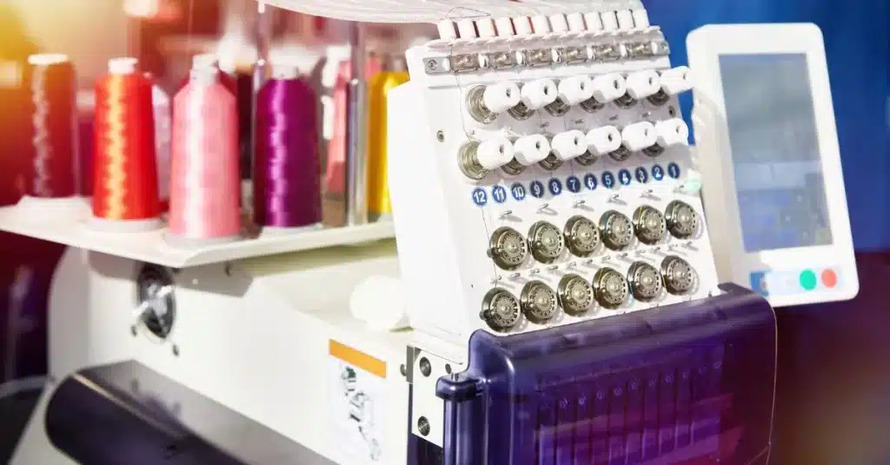
Printing and Embroidery Machines
Printing and embroidery machines are essential for adding custom designs, logos, or decorative patterns to garments.
Embroidery machines come in different types, such as multi-needle, single-needle, and flatbed embroidery machines, and are used to create detailed and durable designs.
Printing machines, including screen printing and digital printing machines, allow for the fast and efficient application of colorful designs on garments. These machines enhance customization capabilities and ensure consistency across large orders.

Fabric Checking Machines
Fabric checking machines inspect raw fabric for defects, such as stains, holes, or uneven dyeing, before production begins. These machines are typically automatic, allowing continuous inspection of fabric rolls as they are fed into the system. They can detect even the smallest flaws that may not be visible to the naked eye. It’s important to adjust the speed and settings based on the type of fabric to ensure accuracy.
Seamless Knitting Machines
Seamless knitting machines produce garments without seams, offering a smoother fit and reducing the need for extra stitching. These machines are fully automated, providing efficiency and precision in the production of garments such as activewear and performance clothing.
At Thygesen, we use Santoni seamless knitting machines, known for their innovation and ability to create high-quality, comfortable, and well-fitting garments, particularly suitable for seamless activewear and underwear lines, reinforcing our expertise as a leading activewear manufacturer and hoodie manufacturers.

Needle detector machine
Needle detector machines are used to identify and remove any metal needles or contaminants left in garments after the production process. These machines are fully automated and work quickly to detect and reject garments with foreign metallic objects, ensuring the safety and quality of the finished products.
Thygesen uses high-quality needle detector machines to ensure all garments, especially for kidswear products line, are free from any harmful metal contaminants, prioritizing safety for children.
4. Key Factors to Consider When Selecting Manufacturing Equipment
Choosing the right manufacturing equipment involves evaluating key factors such as production scale, cost, quality, and efficiency to ensure optimal performance and meet diverse production needs in apparel manufacturing.
- Production Scale: When choosing equipment for clothing manufacturing, it’s crucial to consider the scale of production required by the brand you’re partnering with. For small-scale production, machines designed for flexibility and low volume are preferred, while large-scale production may require automated, high-speed machinery that can handle high volumes efficiently.
- Speed and Efficiency: The type of equipment directly impacts production speed and efficiency. Automated machines often provide faster turnaround times, which is crucial for meeting tight deadlines. Selecting machinery that optimizes production time while maintaining quality ensures a competitive edge in the market.
- Cost and Quality: Balancing the cost of equipment with the quality of the final product is key. High-end machines can be expensive but often provide superior quality and consistency. However, it’s important to evaluate whether the benefits in quality justify the initial investment and whether cost-effective alternatives can meet your needs without compromising the product standard.
- Maintenance and Durability: Machines should be durable and easy to maintain to avoid production delays. Regular maintenance is necessary to ensure machines operate at their best, preventing costly downtime. Choosing equipment known for longevity and with accessible after-sales support can reduce long-term costs and ensure smooth operation in the production process.
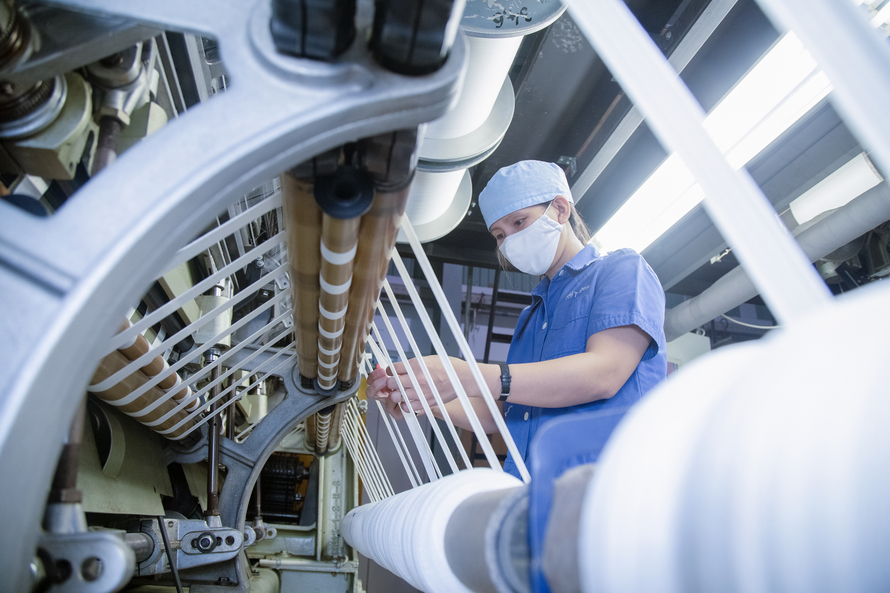
In conclusion, selecting the right clothing manufacturing equipment is crucial for ensuring efficient, cost-effective, and high-quality garment production.
Thygesen is one of the clothing manufacturers in Vietnam, equipped with a full range of machinery optimized for mass production. Check out more about our services at https://thygesenapparel.com/ or send us an inquiry at [email protected].




